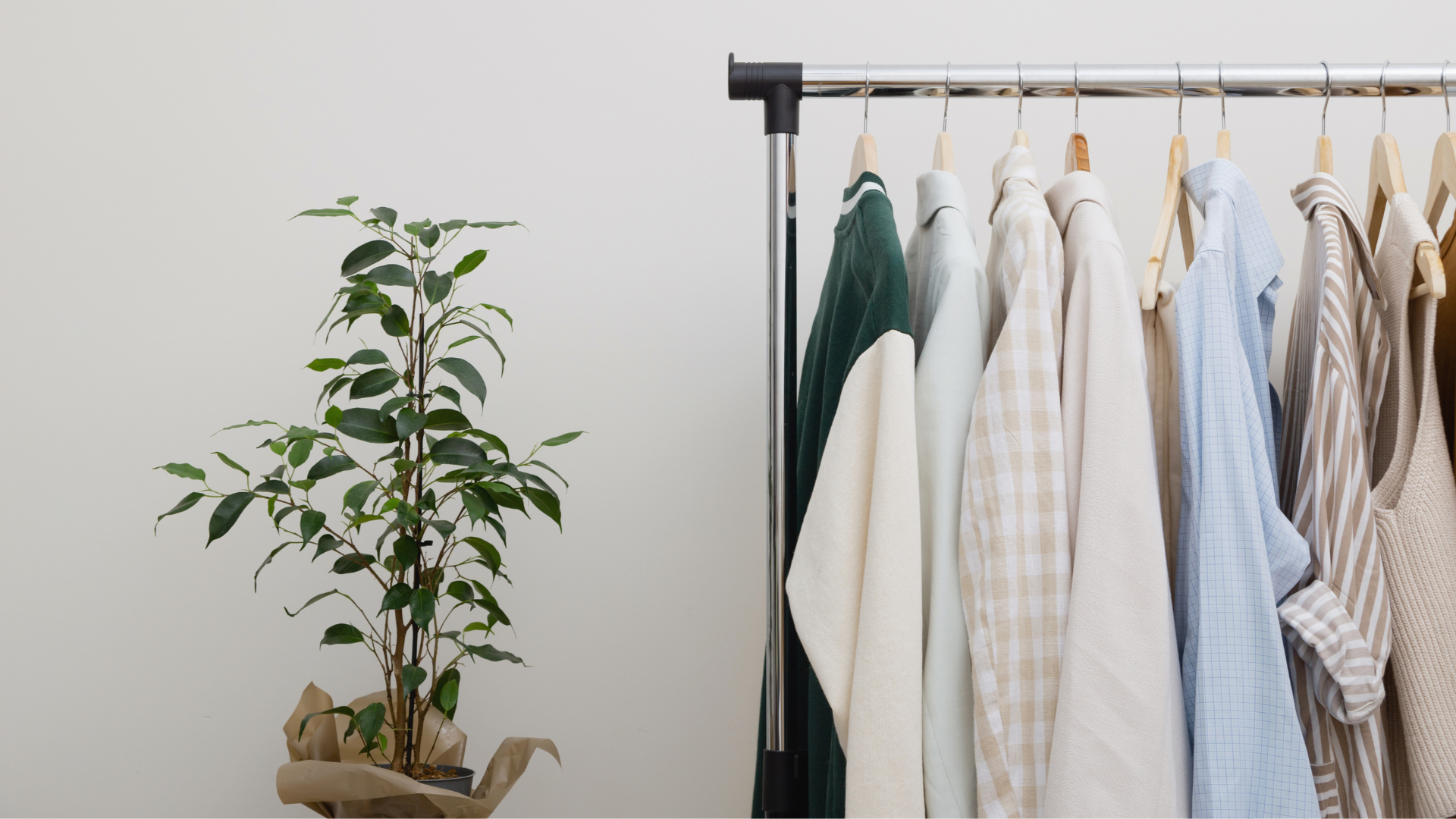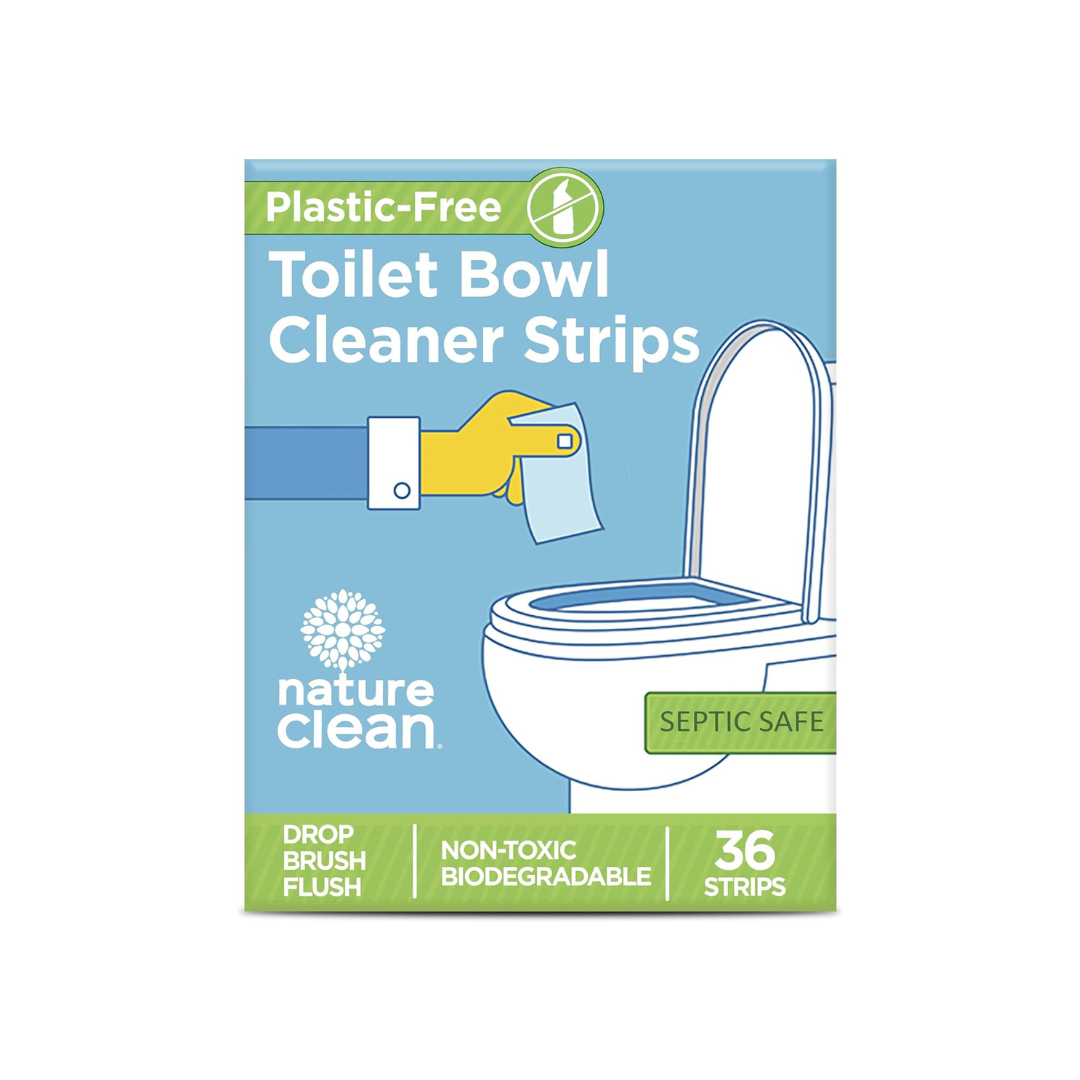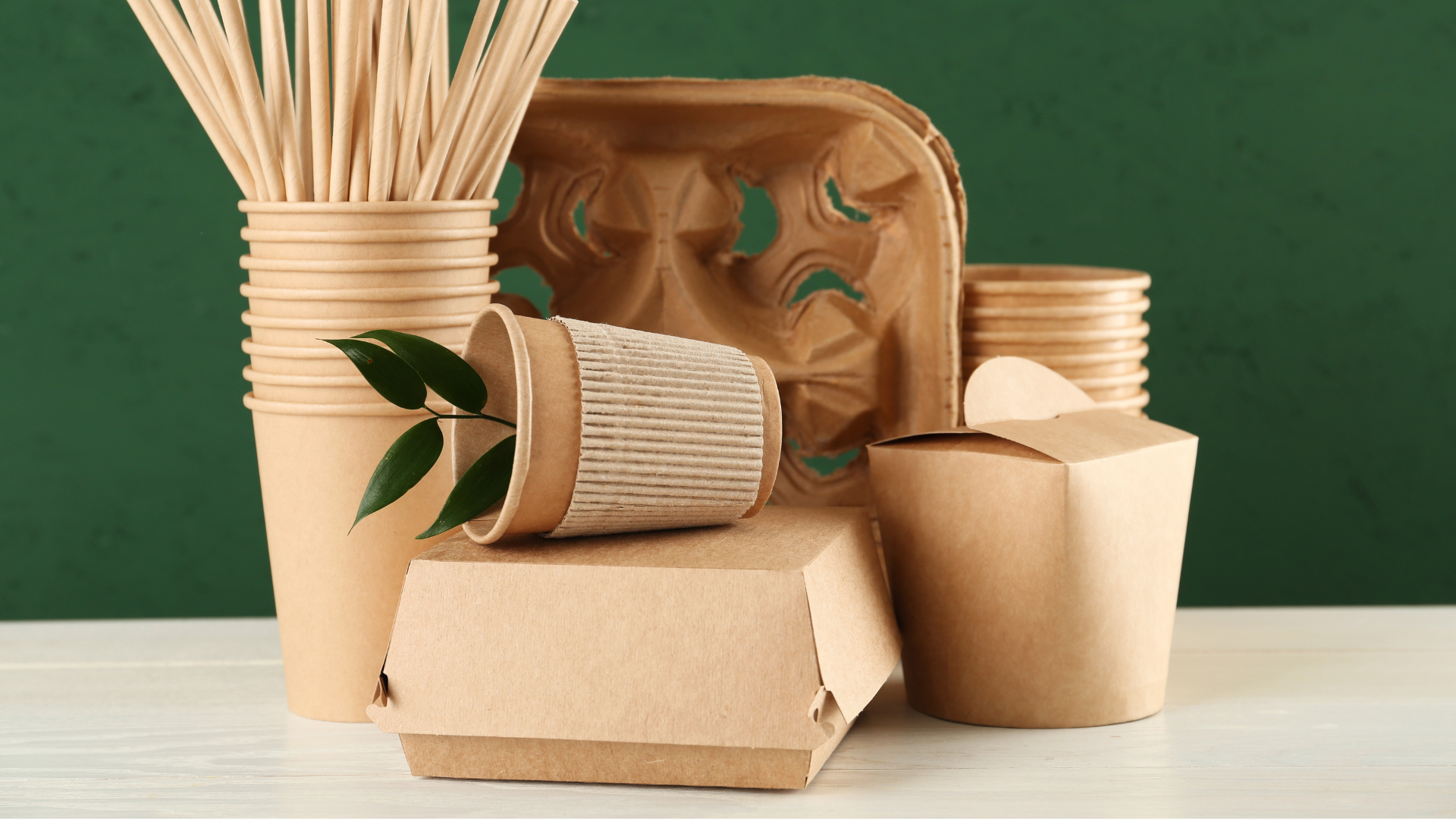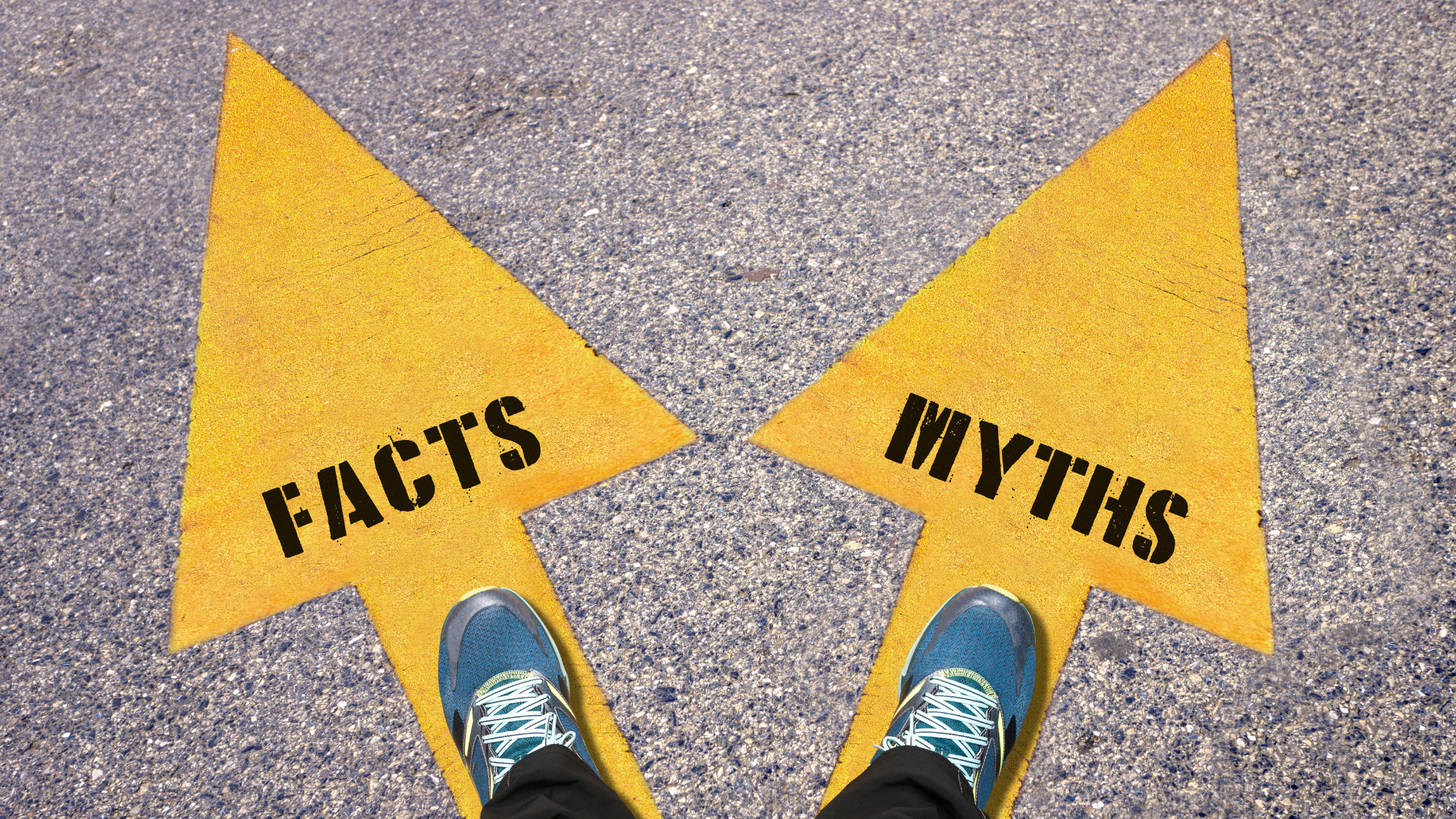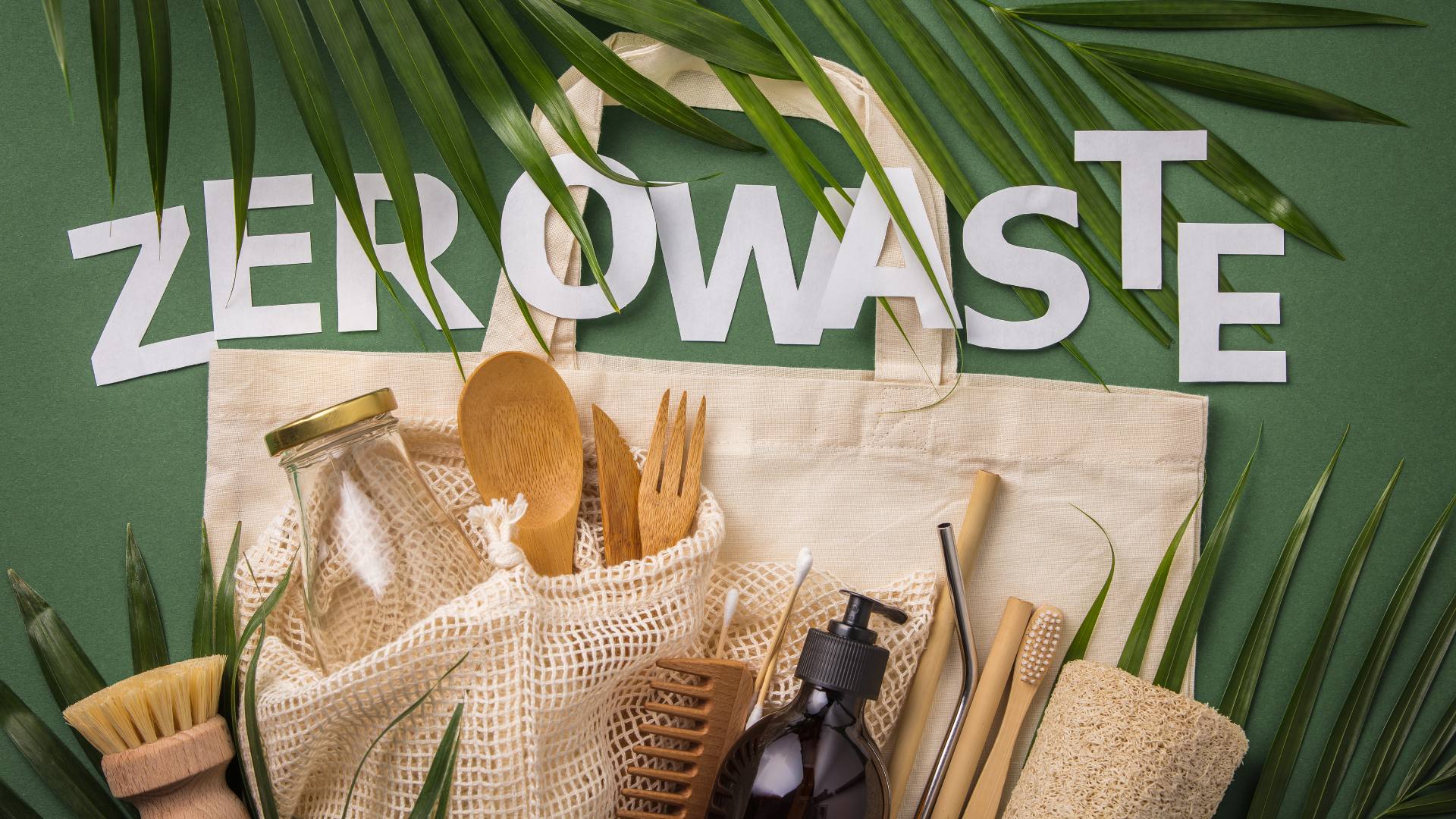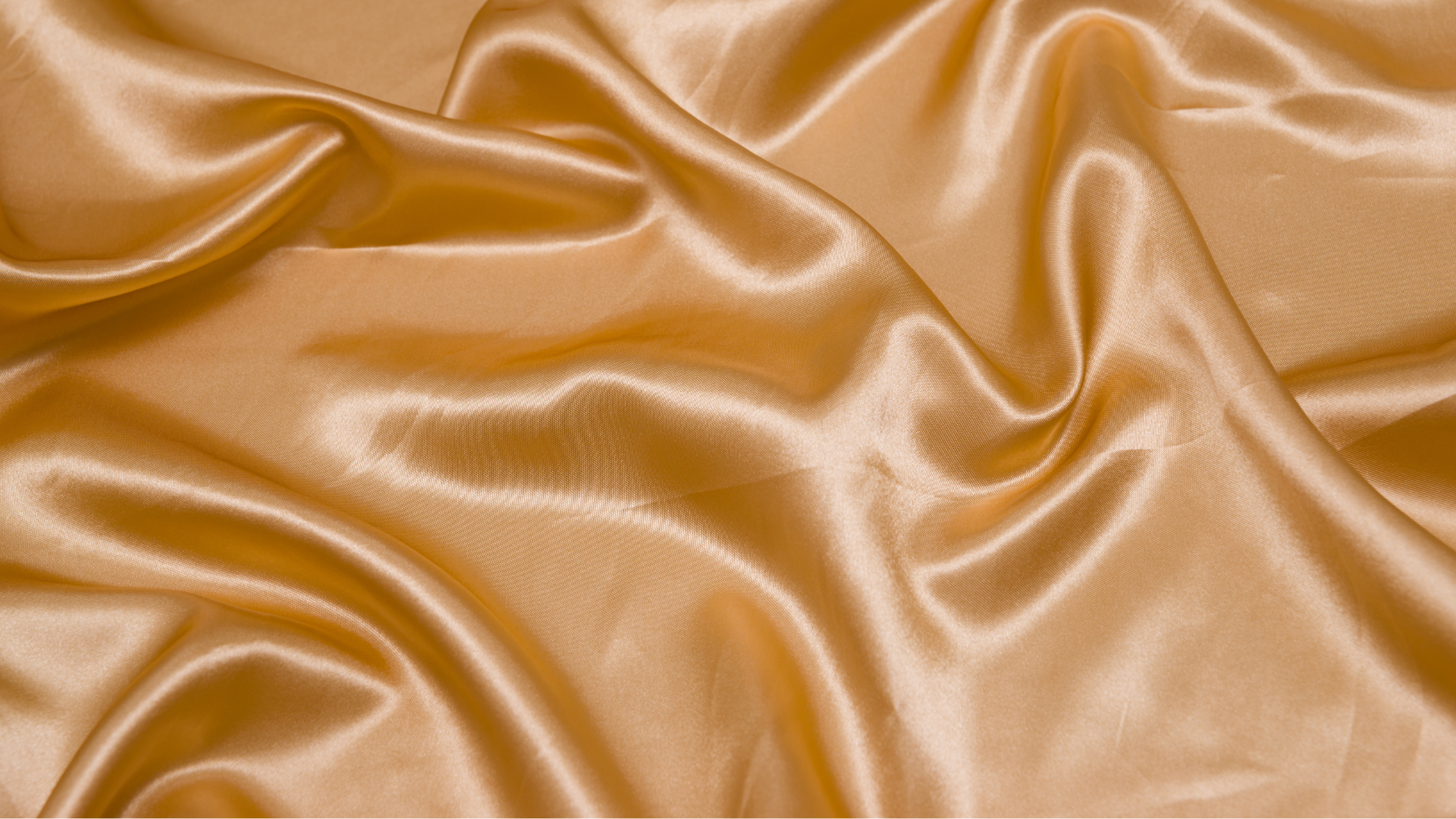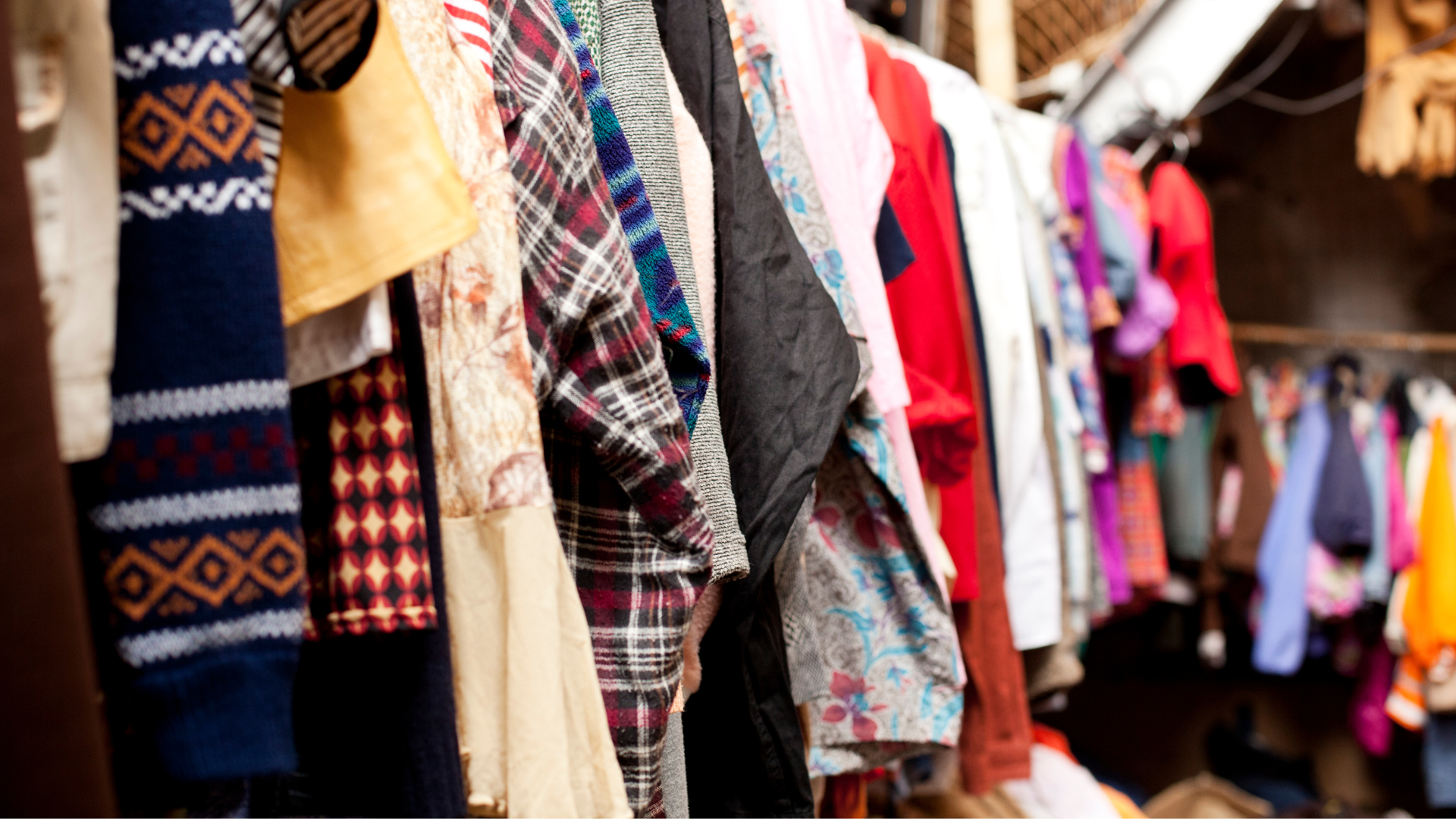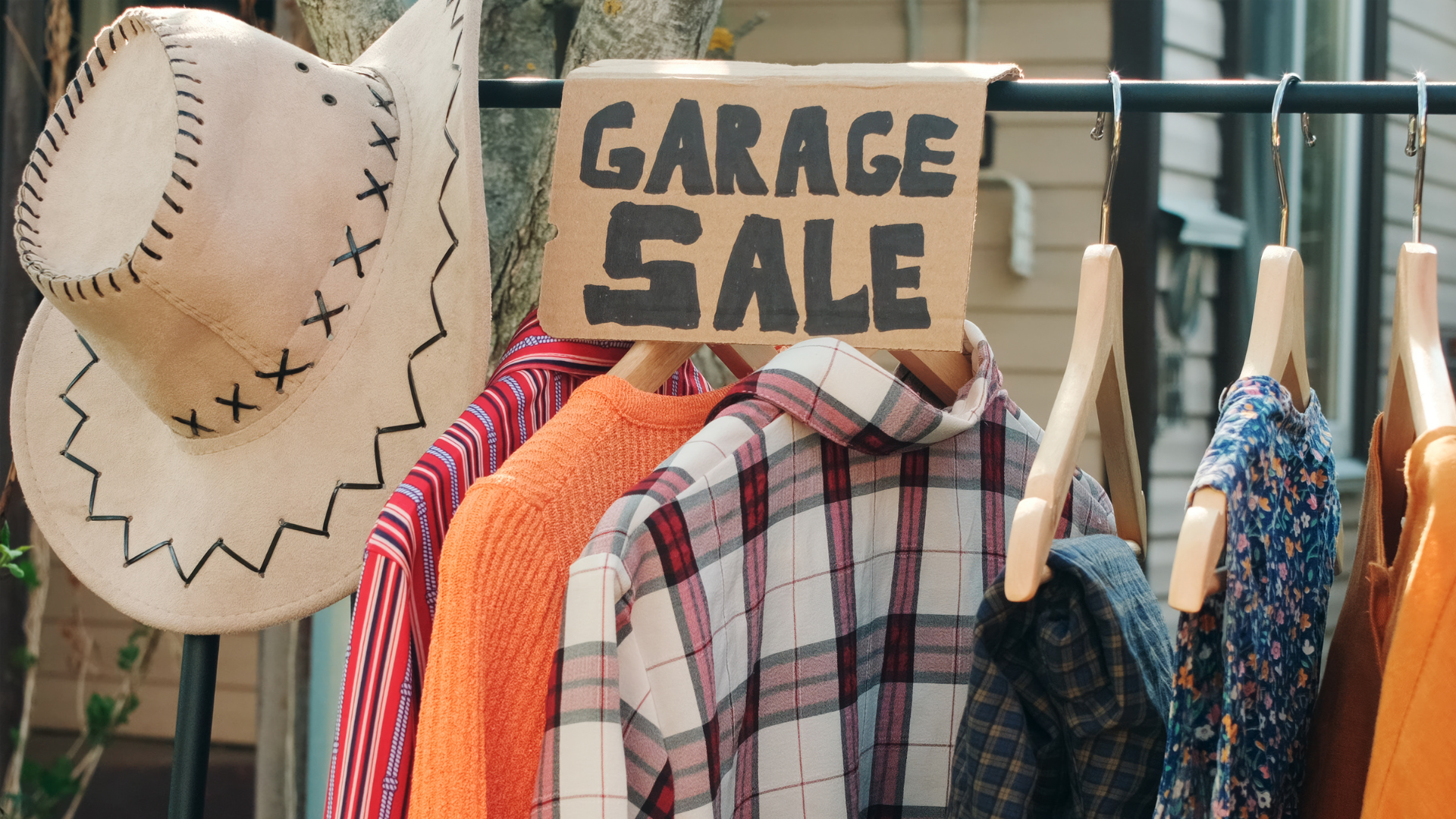In our journey towards a more sustainable and health-conscious lifestyle, the choice of clothing plays a pivotal role. Non-toxic clothing, free from harmful chemicals and made using environmentally friendly processes, is not only better for the planet but also for our well-being. This comprehensive guide delves deep into the world of non-toxic clothing, helping you make informed choices that align with eco-friendly and health-centric principles.
What is Non-Toxic Clothing?
Non-toxic clothing refers to garments made from materials that are free from harmful chemicals and produced in a way that promotes environmental sustainability and ethical labor practices. These clothes are typically made from organic fibers that are untreated with chemical pesticides or synthetic fertilizers, making them a safer choice for consumers and the planet.
Understanding the Importance of Non-Toxic Clothing
Why Choose Non-Toxic Clothing?
-
Health Benefits: Non-toxic clothing reduces exposure to allergens and irritants that can cause skin reactions and other health issues.
-
Environmental Impact: By avoiding harmful chemicals, non-toxic clothing production minimizes pollution and conserves biodiversity.
-
Ethical Considerations: Many non-toxic clothing brands are committed to fair labor practices and sustainable production methods.
Identifying Non-Toxic Clothing: A Buyer’s Guide
Materials to Look For
-
Organic Cotton: Grown without harmful pesticides and chemicals, organic cotton is a staple of non-toxic clothing.
-
Bamboo: Known for its sustainability, bamboo fabric is soft, breathable, and biodegradable.
-
Hemp: Robust and grown with minimal chemical input, hemp fabric is durable and eco-friendly.
Certifications That Matter
-
Global Organic Textile Standard (GOTS): Ensures organic status and responsible production.
-
OEKO-TEX®: Certifies that textiles are free from harmful levels of more than 100 substances.
Where to Buy Non-Toxic Clothing
-
Visit Sustai Market’s Sustainable Living section for a curated selection of non-toxic clothing options.
The Impact of Non-Toxic Clothing on Health and Environment
Personal Health Benefits
-
Reduced Chemical Exposure: Wearing non-toxic clothes lowers the risk of absorbing harmful chemicals through the skin.
-
Skin-Friendly: Ideal for sensitive skin, non-toxic fabrics prevent irritation and discomfort.
Environmental Benefits
-
Less Pollution: Non-toxic fabric production involves fewer pollutants, protecting water sources and air quality.
-
Sustainable Practices: From organic farming to ethical manufacturing, non-toxic clothing supports sustainability.
Maintaining Your Non-Toxic Wardrobe
Care Tips for Longevity
-
Washing: Use eco-friendly detergents and cold water to minimize environmental impact.
-
Drying: Air-dry clothing to save energy and maintain fabric integrity.
-
Storage: Keep clothes in breathable bags to avoid moisture buildup and protect from pests.
The Future of Fashion: Trends in Non-Toxic Clothing
Innovations in Fabric Technology
-
Recycled Fibers: Upcycled textiles offer a sustainable alternative to virgin materials.
-
Plant-Based Dyes: Natural dyes derived from plants are gaining popularity for their low environmental footprint.
Consumer Trends
-
Increased Awareness: With growing environmental concerns, more consumers are choosing non-toxic and ethical fashion.
-
Demand for Transparency: Shoppers seek clear information about the sourcing and production of their clothing.
FAQs About Non-Toxic Clothing
Q1: How can I verify the non-toxic status of clothing?
Look for certifications like GOTS or OEKO-TEX®, which ensure that the textiles meet stringent environmental and health standards.
Q2: Is non-toxic clothing more expensive?
Initially, it may be pricier due to the sustainable practices used. However, investing in quality pieces leads to longer-lasting wardrobes, ultimately saving money.
Q3: Can non-toxic clothes be stylish?
Absolutely! Many sustainable brands offer a wide range of fashionable, contemporary designs that do not compromise on style.
Q4: Are there non-toxic options for children’s clothing?
Yes, many brands specialize in non-toxic children’s wear. Check out our Baby & Kids section for great options.
Q5: How does non-toxic clothing contribute to sustainability?
It promotes the use of organic materials, reduces environmental pollutants, and often supports fair labor practices.
Conclusion: Embracing a Non-Toxic Lifestyle
Choosing non-toxic clothing is a significant step towards a sustainable lifestyle that benefits both your health and the environment. By being mindful of the clothes we wear, we can make a positive impact on our planet and pave the way for future generations.
Explore More Sustainable Choices
For further insights into sustainable living and to discover a range of non-toxic products, visit our Home & Garden section and Personal Care & Beauty blog. Join us at Sustai Market in making sustainable and healthy living easy.


